Description
The plug bayonet in France can be traced back to the late 16th C, with a reference to their
use at the Battle of Ivry in 1590, with the earliest examples generally lacking a guard.
When guards first appeared they were often of the “flint-knapper” variety, with quillons
alternately shaped as a hammer and the other a screw driver. This example features short
steel vertically recurved quillons with traces of silver plating and ribbed dark hardwood grip
with silver base ferrule; no pommel and just a small washer and peen to hold the grip in
place. Single-edged 18 1/4″ blade with two fullers, double-edged for the last 5 3/4″ inches;
gold filled engravings of a royal crest with stands of arms on one side and starburst with
illegible inscription on the other (worn and much gilding loss). Original black leather
scabbard, the steel throat and hook with traces of silver plating. Leather broken and seam
open near the tip; missing the drag. Overall length 23 7/8″, not including scabbard. A very
fine quality plug bayonet with signs of extensive use.
Though probably originating around 1550, the plug bayonet had a relatively short span of
use from around 1650-1720 (except in Spain where they were used into the 19th C). Their
rise in popularity largely paralleled the development of standing armies in Europe, which
were realizing the importance of the musketeer, while at the same time not wanting to
wholly abandon the pike. In this sense the plug bayonet can be considered a transitional
weapon. However, despite its use as a dagger on its own, it was soon found to be
impractical since it’s use prevented the musket from being fired. Countless soldiers also
found great difficulties in removing a stuck plug bayonet from the muzzle, rendering the
musket useless as a firearm. Many were damaged while being removed and as a result
relatively few survive. For these reasons it was soon superseded by the socket bayonet,
which did not affect the musket’s ability to fire and could much more easily be removed.

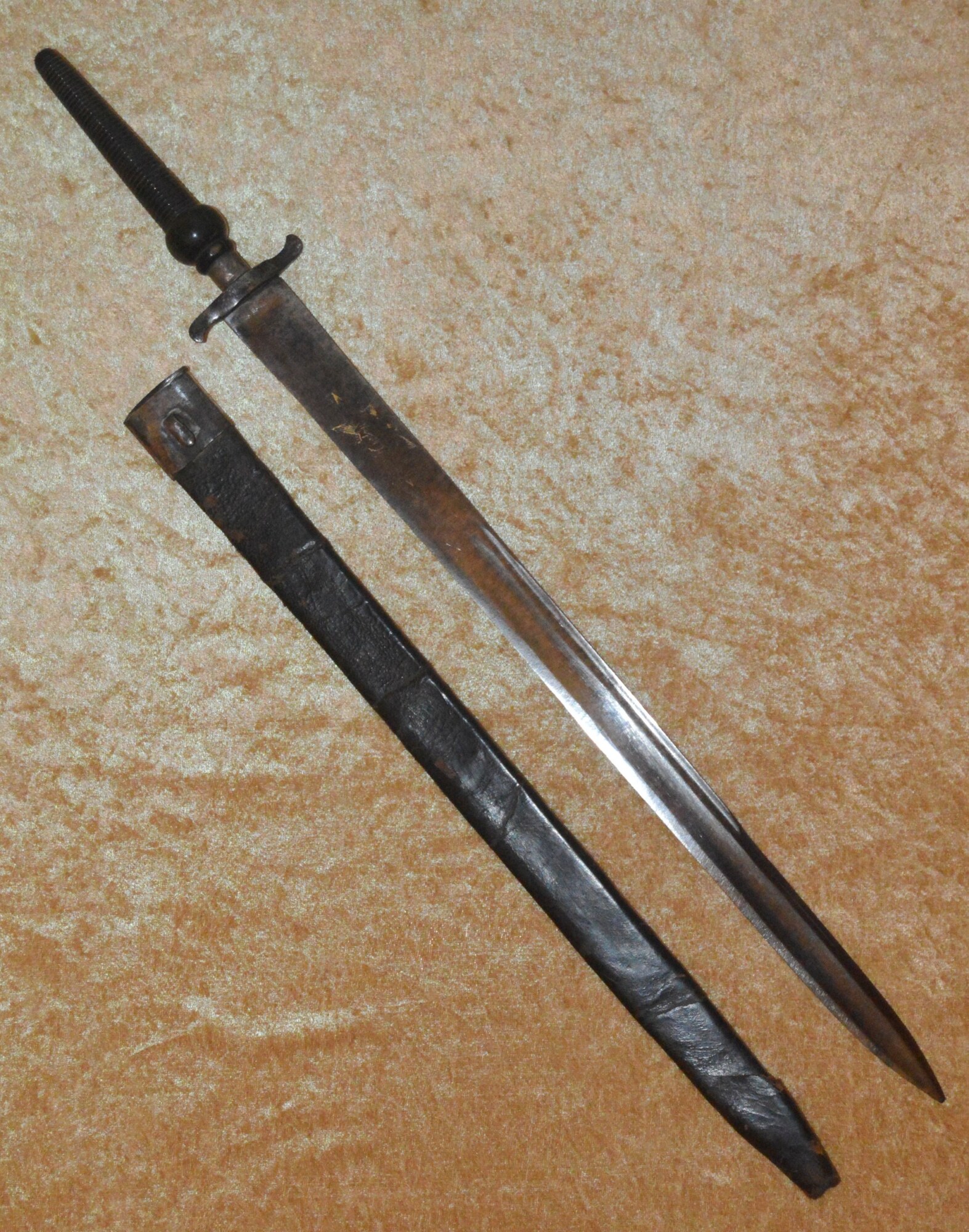
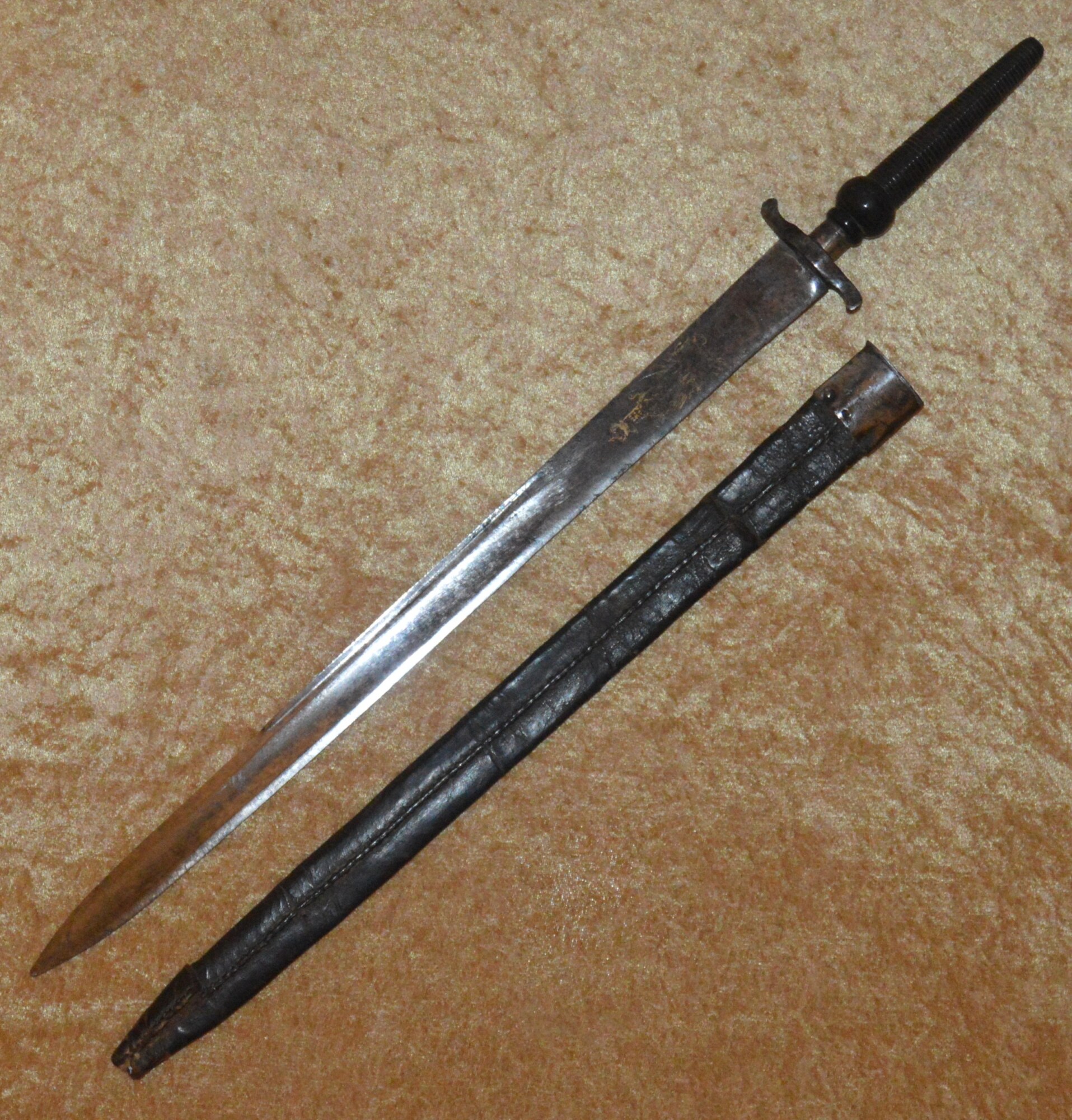
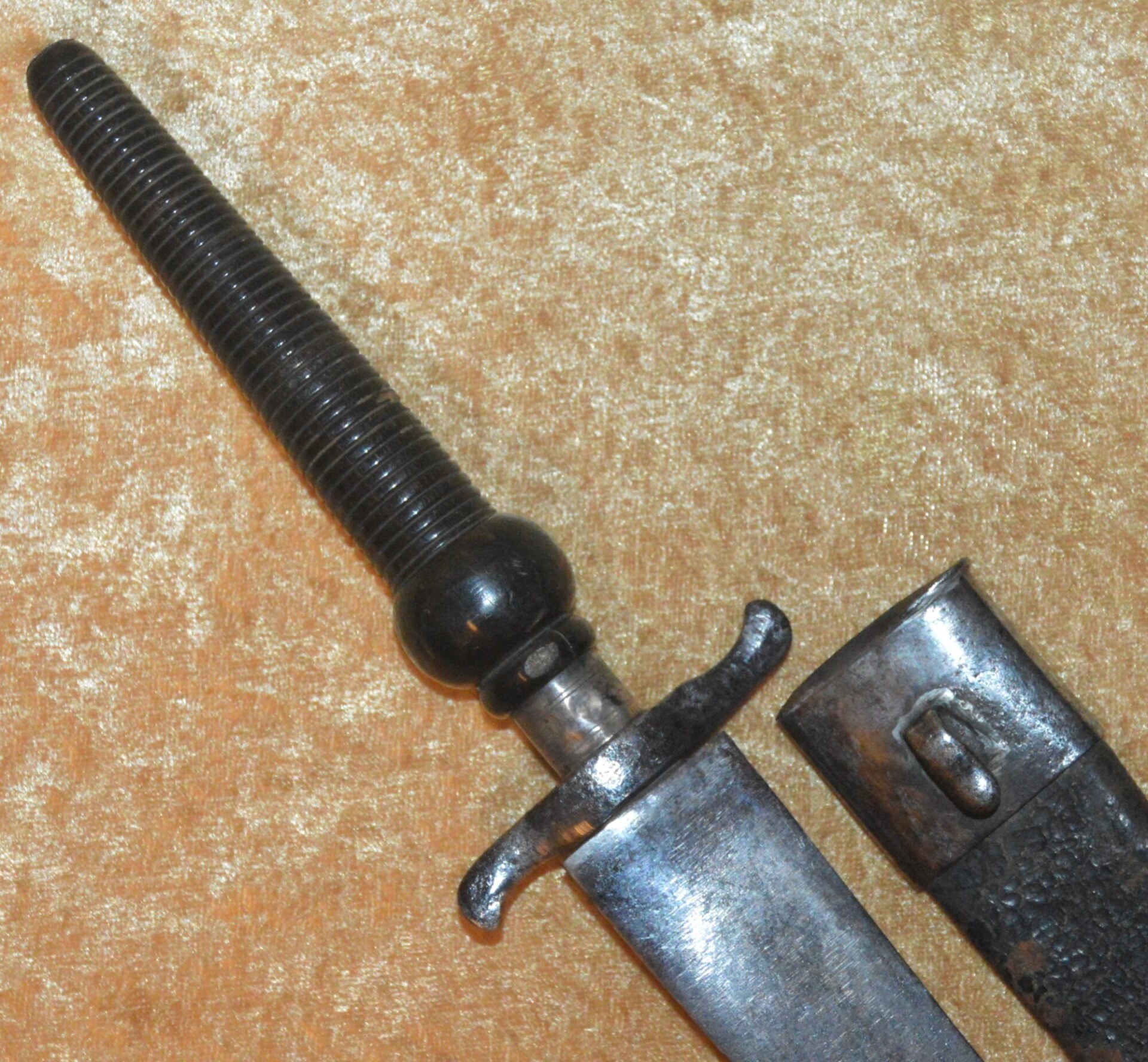
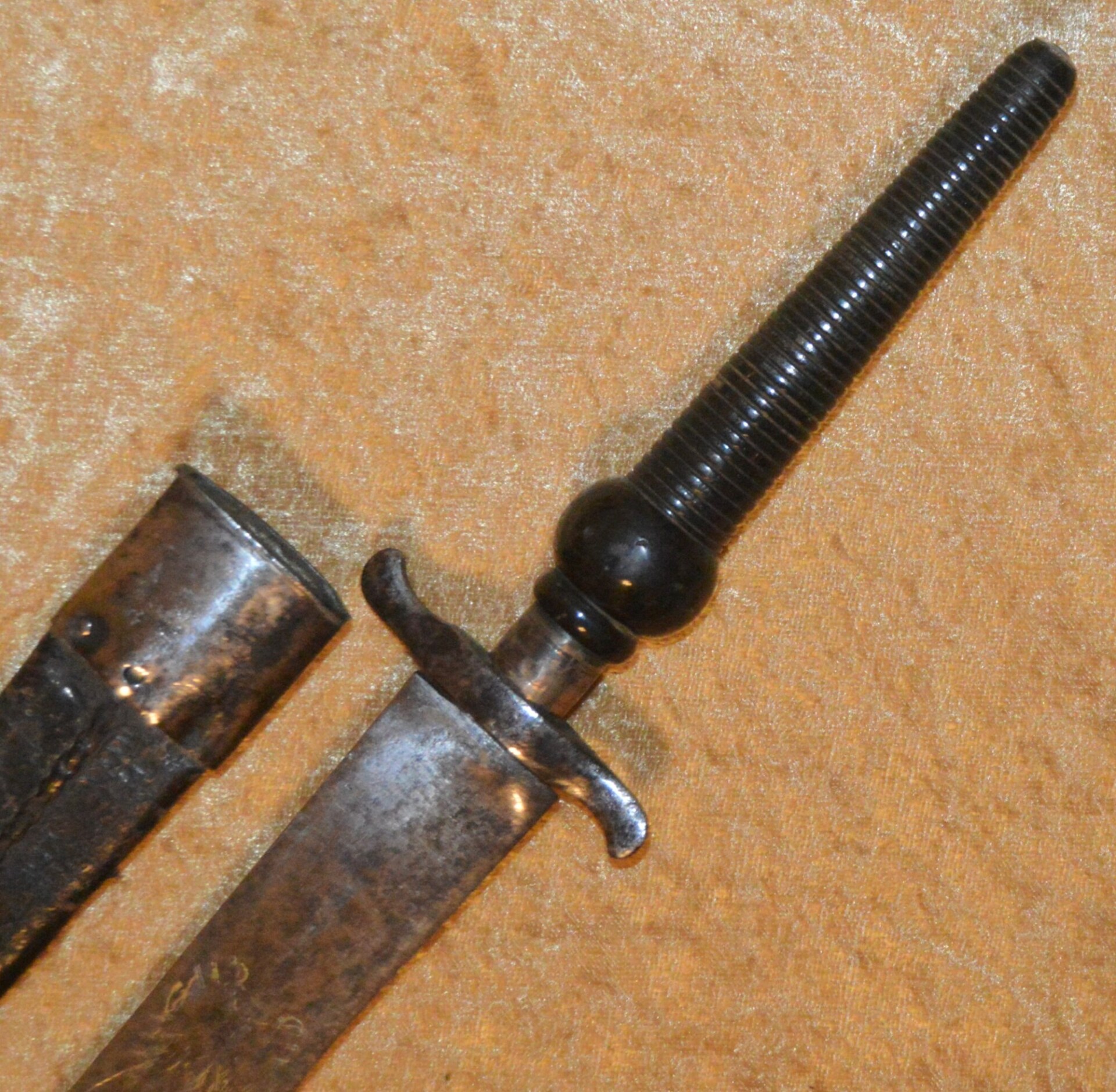
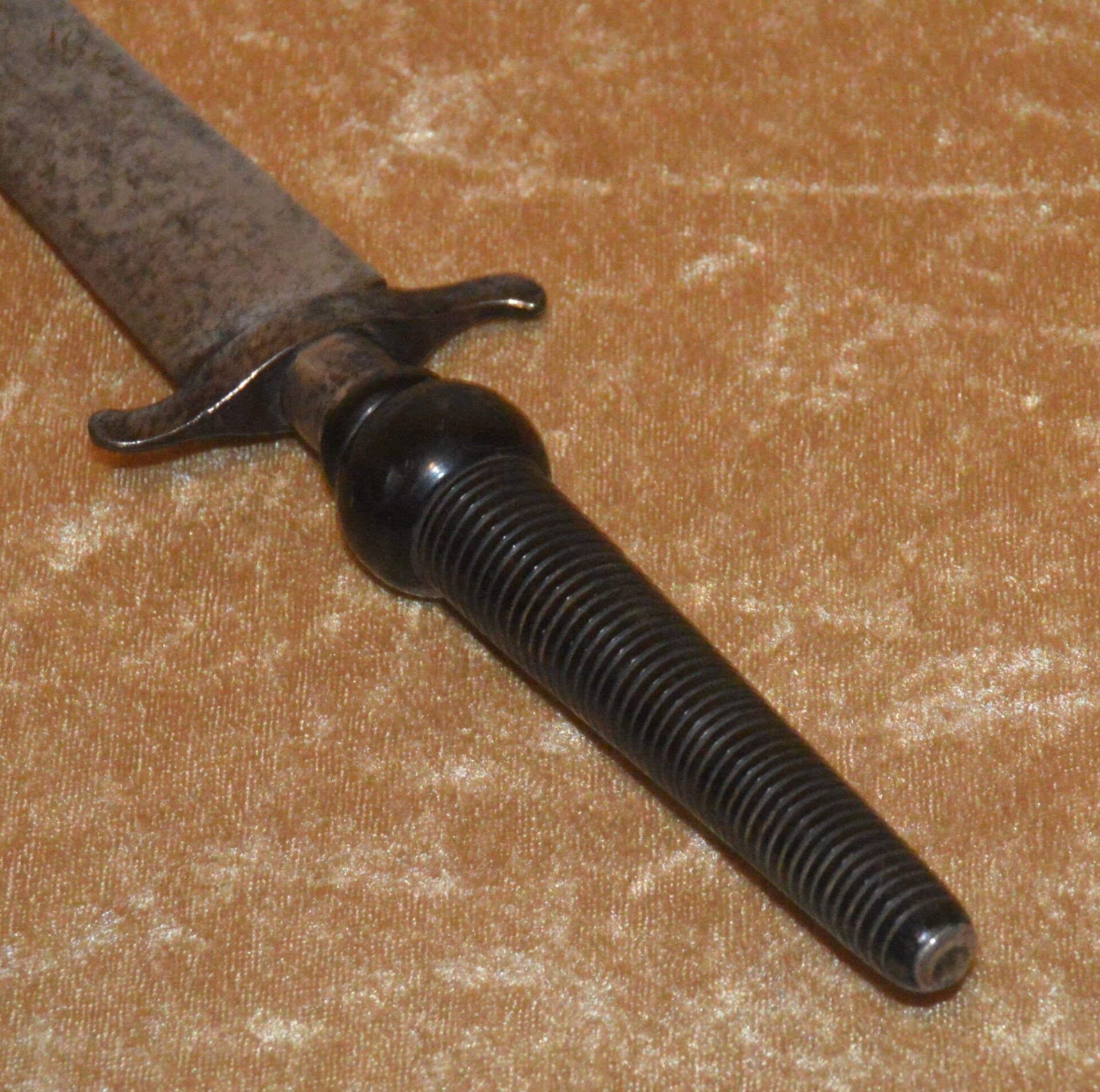
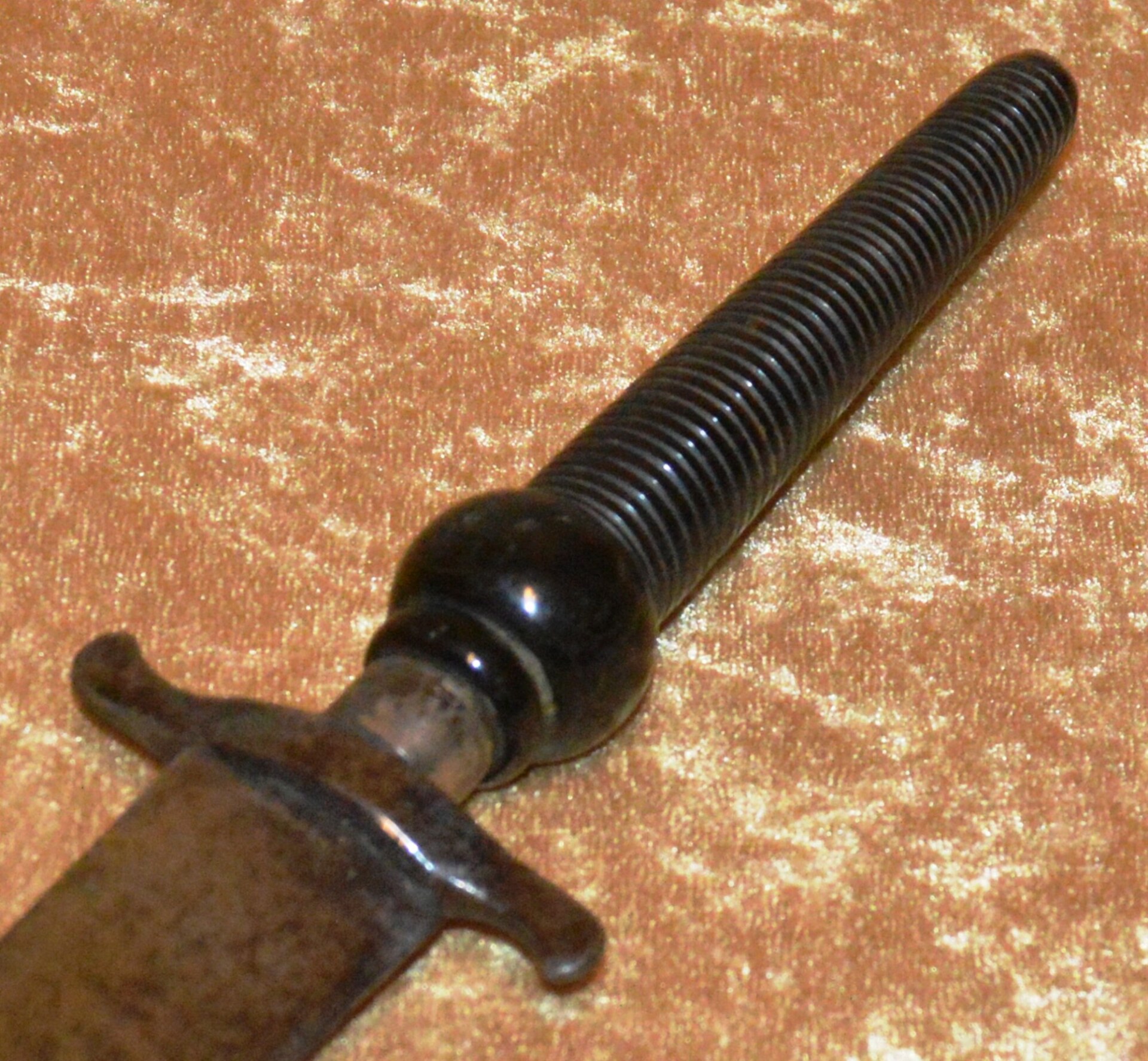
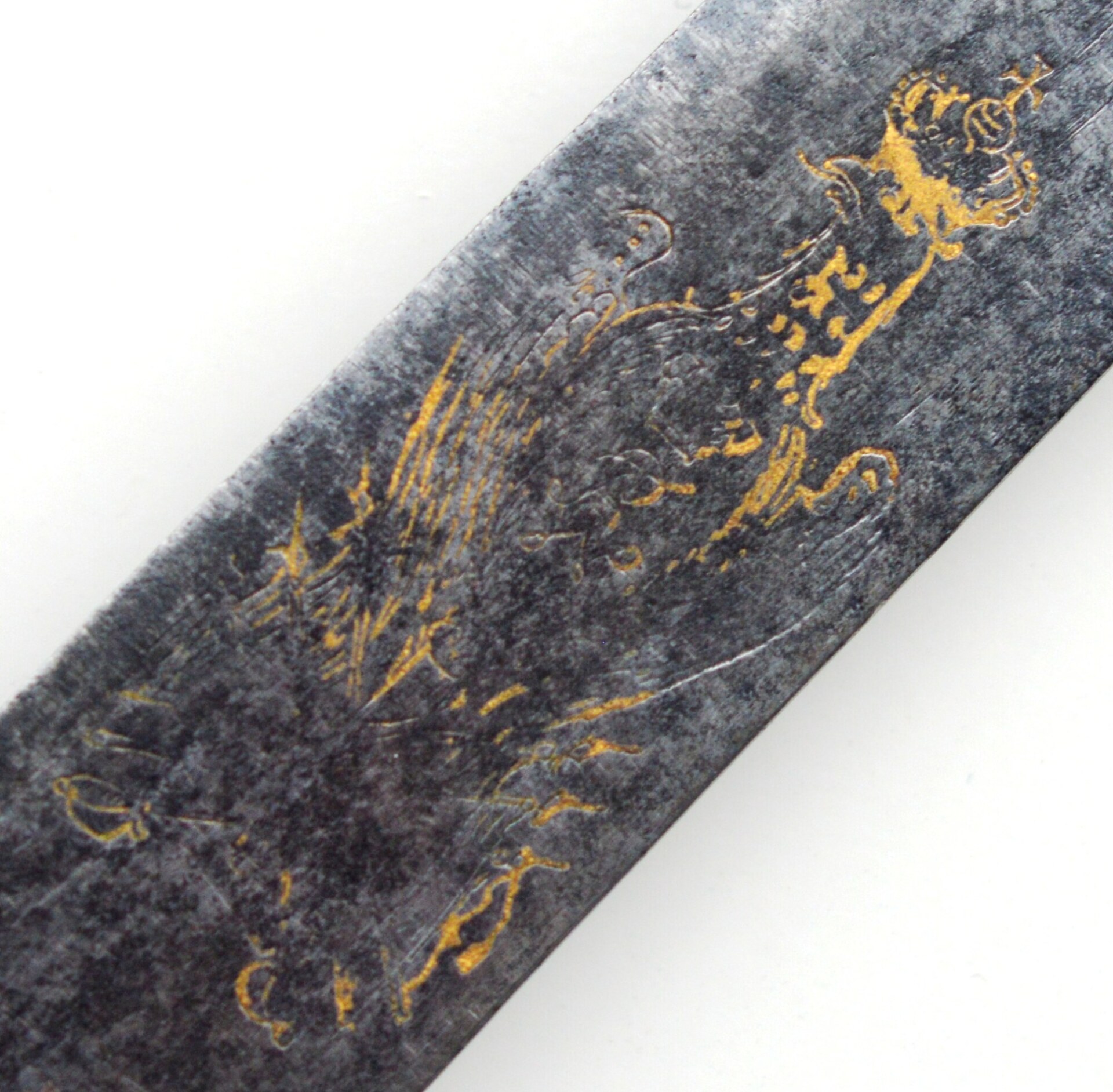
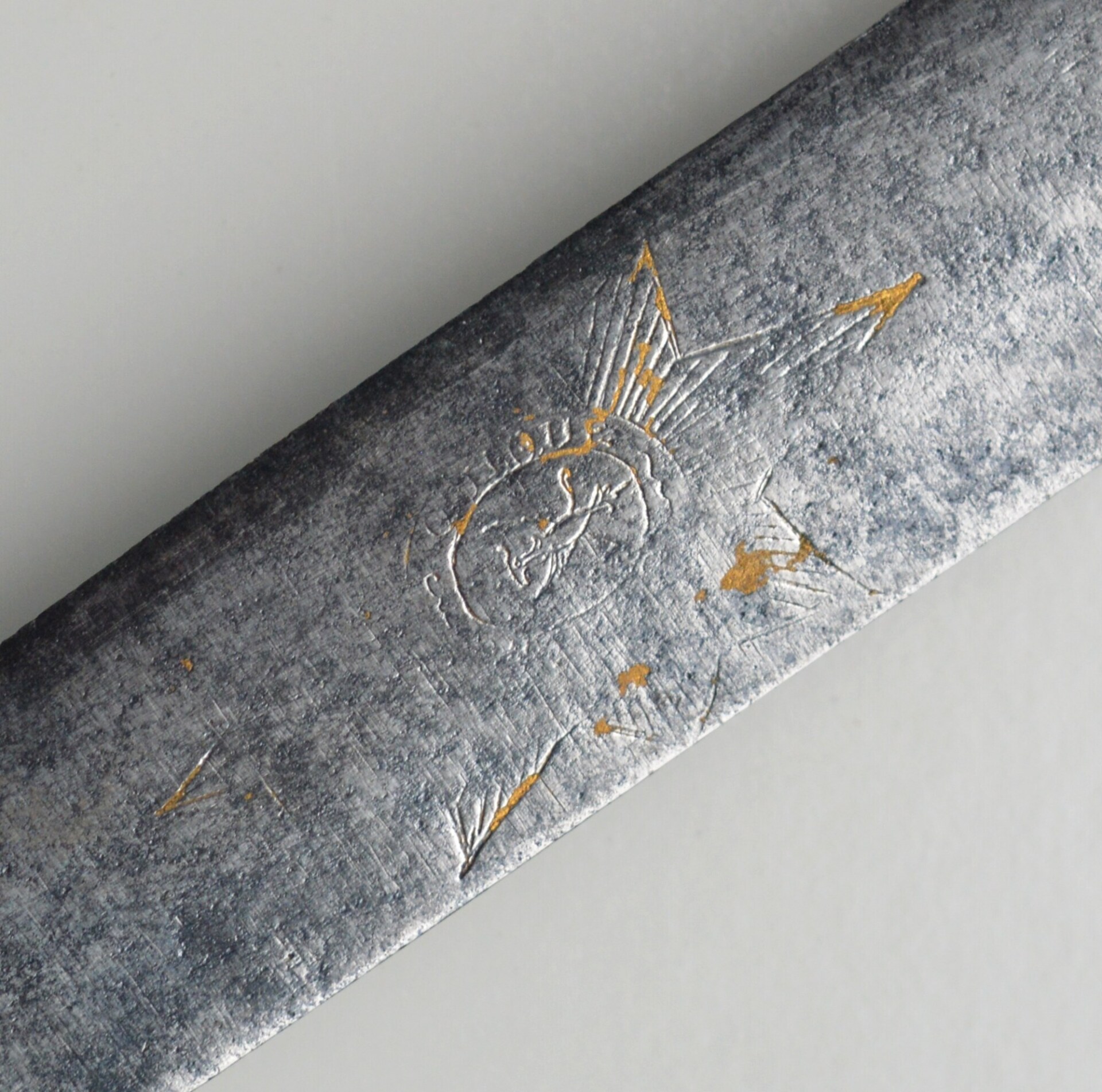
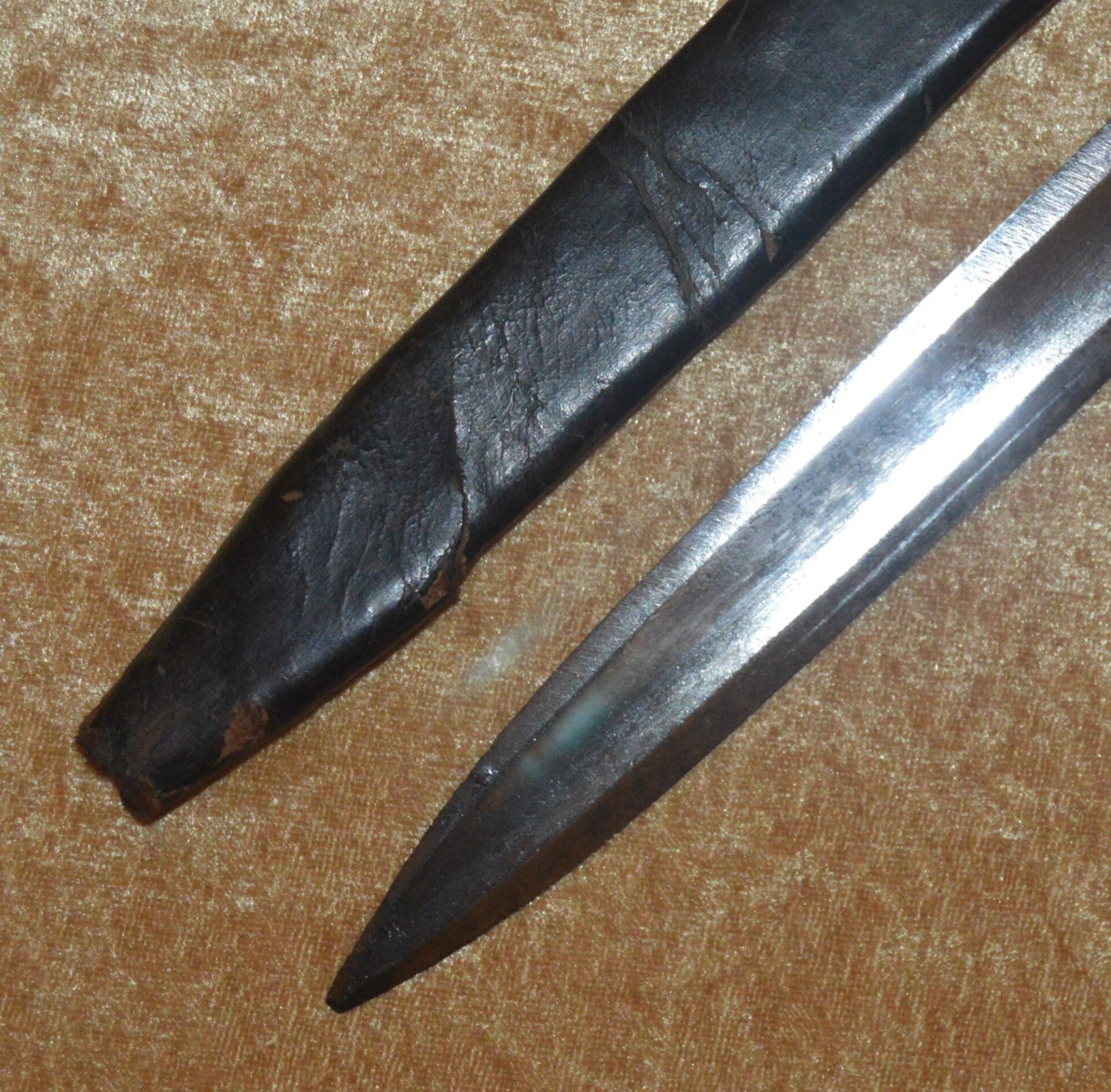
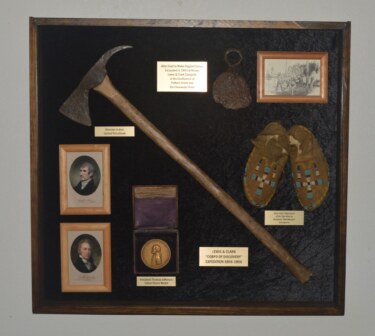 Historic Lewis & Clark “Corps of Discovery” Display
Historic Lewis & Clark “Corps of Discovery” Display 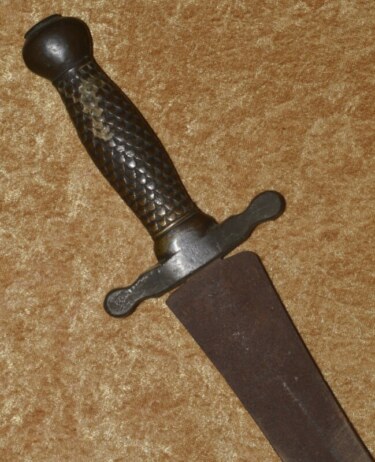 Rare Confederate Froelich Artillery Short Sword
Rare Confederate Froelich Artillery Short Sword  17th/18th C Branding Iron, Probably German
17th/18th C Branding Iron, Probably German  17th C Halberd, Probably English
17th C Halberd, Probably English